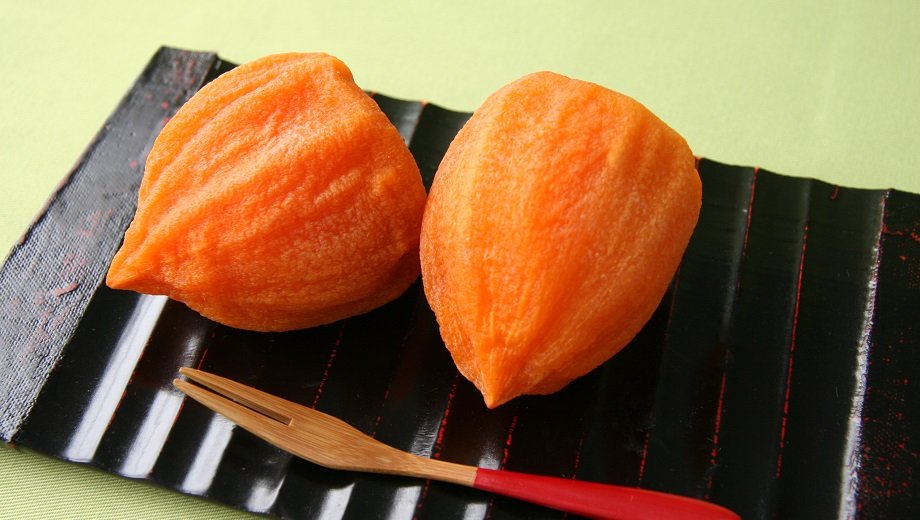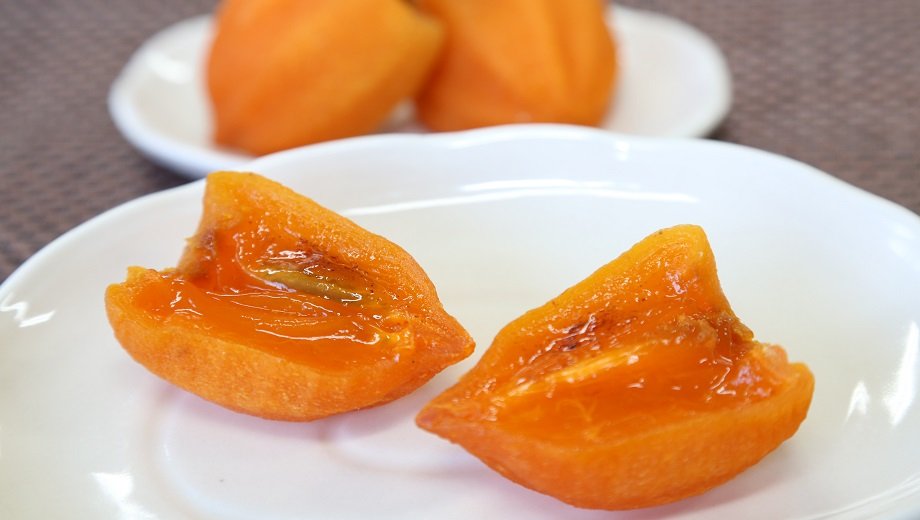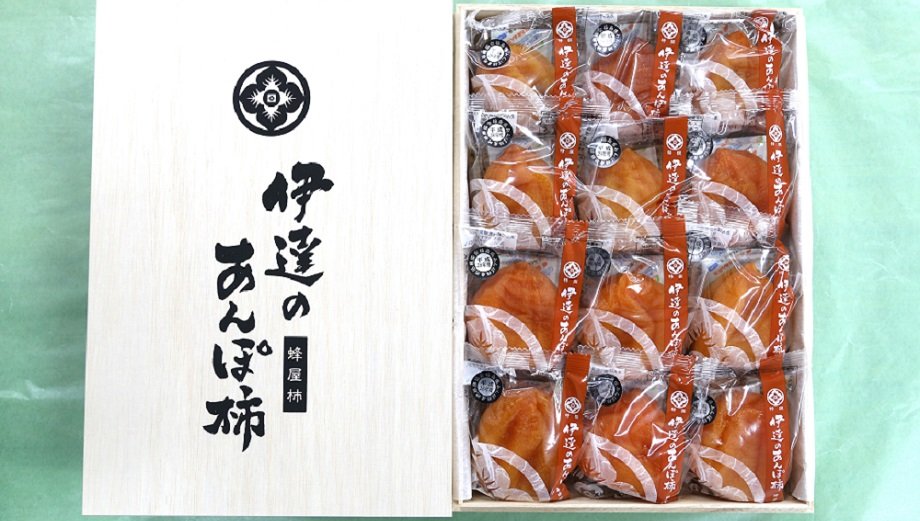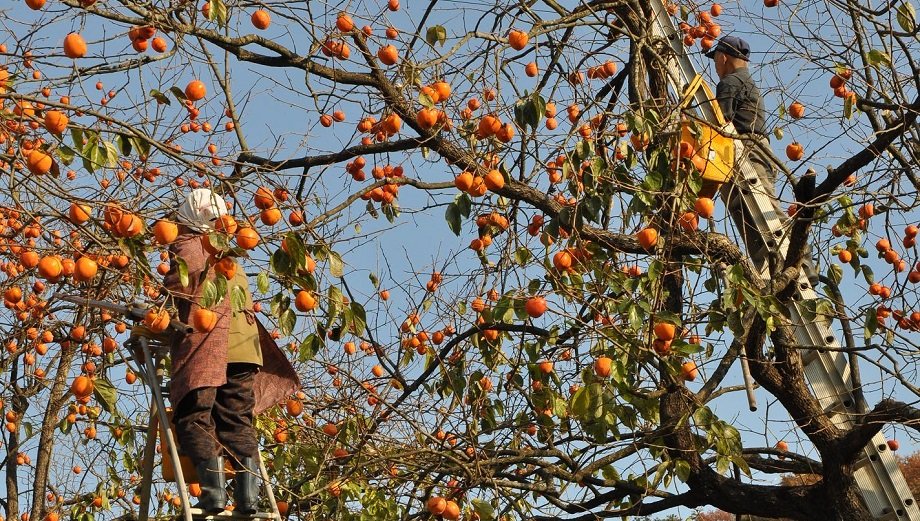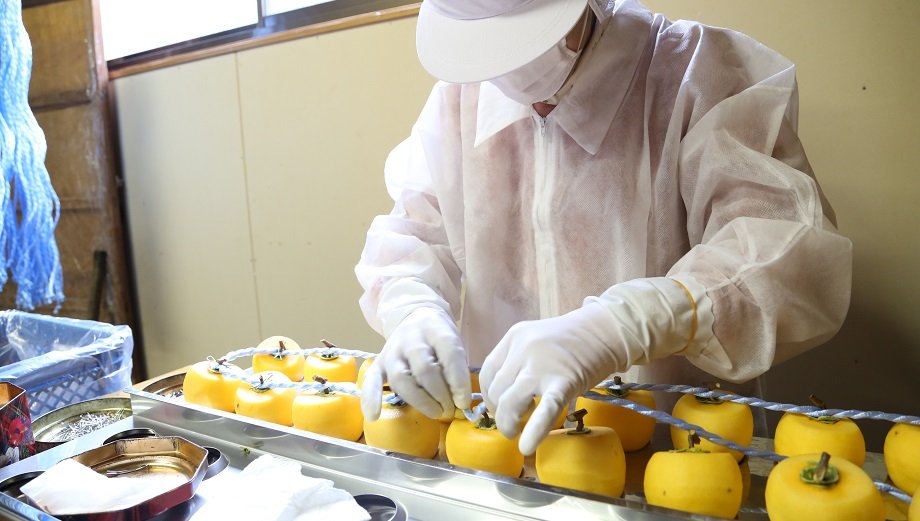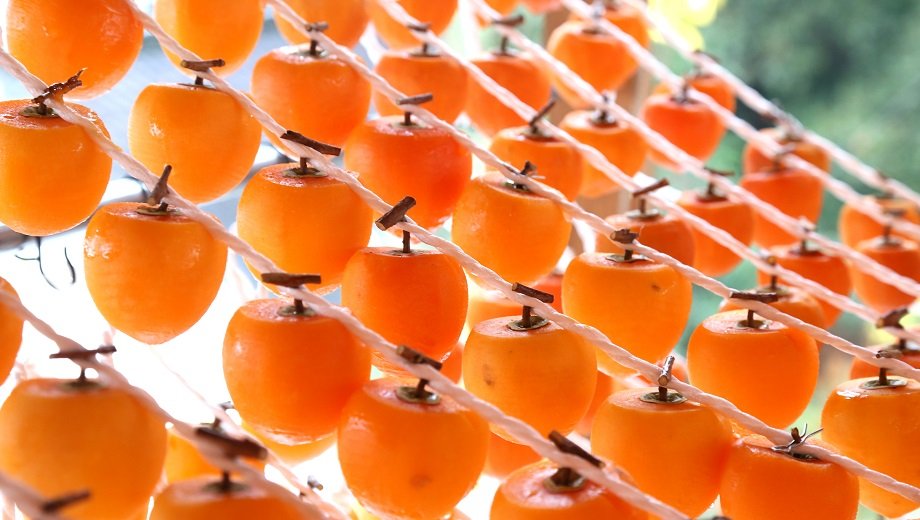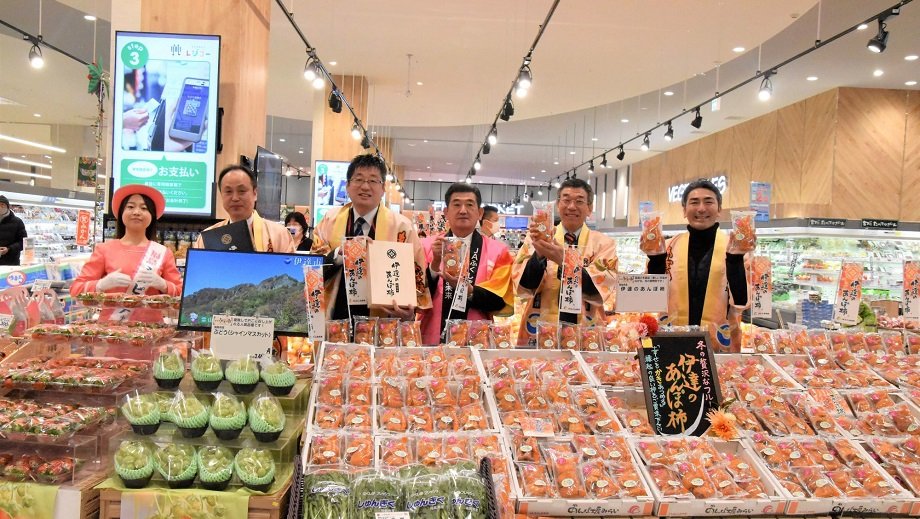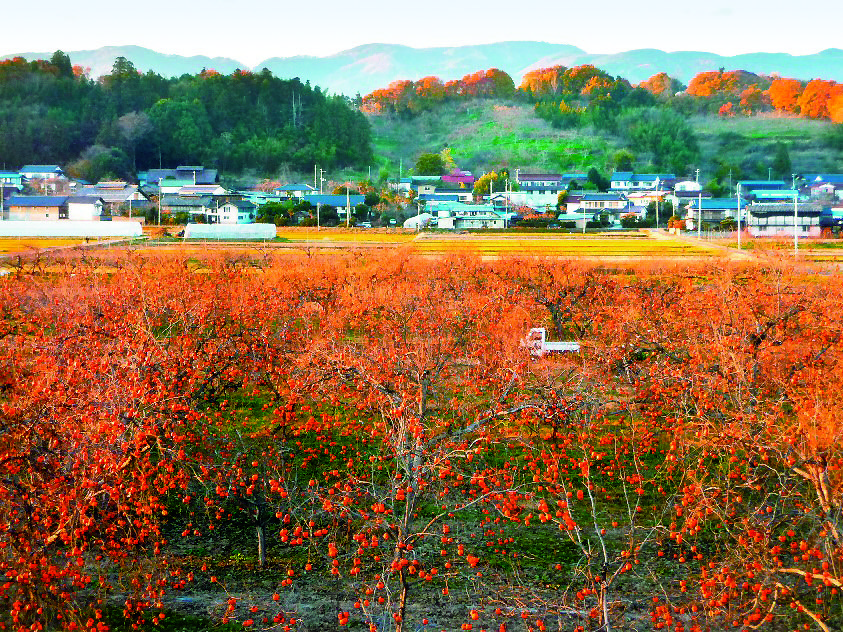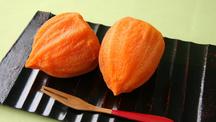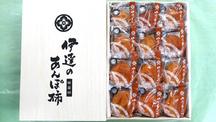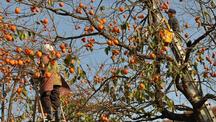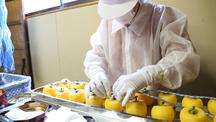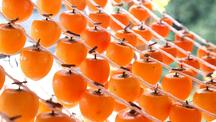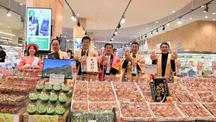DATE NO ANPO GAKI / DATE NO ANPO KAKI
| Registration Number | 123 |
|---|---|
| Name of the GI | DATE NO ANPO GAKI , DATE NO ANPO KAKI |
| Class | Processed Foodstuffs |
| Date of Protection | 2023/01/31 |
| Producing Area |
Fukushima Prefecture
,
Miyagi Prefecture
Date City, Kunimi Town, Koori Town, Iizaka in Kawamata Town in Date County, and Tatsugoyama, Iizaka Town, Miyashiro, Okabe, Oozasou, Onami, in Fukushima City, Fukushima Prefecture; Kosugou and Oodaira in Shiroishi City, Miyagi Prefecture |
| Applicant - Name and Address | Date Chiho Anpo Gaki Renraku Kyogikai 7-33-3 Hobaramachi, Date City, Fukushima Prefecture 960-0777, Japan |
Producing Area
"Date no Anpo Gaki" is dried persimmon (1) characterized by having bright orange flesh with luster, soft as a whole, and the inner part is semi-raw, juicy and thick with a pleasant texture . The calm sweetness lasts for a long time in the mouth, and it provides an elegant or refined sweetness. "Date no Anpo Gaki" contains 7 to 15 times more Vitamin C than other dried persimmons. The orange curtain-like drying scene of persimmons in the producing area is called "kakibase" and is a winter tradition there.
The varieties used for making "Date no Anpo Gaki", which are specified by Date Region Anpo Gaki Liaison Council, are "Hachiya" and "Hiratanenashi" The persimmons are cultivated, produced, harvested, and after-ripened according to the "Cultivation Guidelines" prescribed by the Council.
The persimmons are then dried according to the "Good Agricultural Practices (GAP) Manual" stipulated by the Council to comply with the standards for sulfur fumigation and drying management. The product is sorted and shipped according to the "grades" and "shipping standards" of the Council.
The producing area is located in Fukushima Basin, which is surrounded by the Abukuma (2) and Ou mountains (3). The climate with large diurnal temperature variation and little precipitation makes the area suitable for the cultivation of persimmons and the production of dried persimmons.
In the producing area, persimmon cultivation began in the Edo period (4). Persimmon fruits were peeled, hung on ropes, and sun-dried. In the Meiji period (5), the sun-dried persimmon ("amaboshi gaki" in Japanese) came to be called "anpo gaki" reflecting the local accent.
In the Taisho period (6), villagers of this area took the initiative in improving and researching anpo gaki and introduced the "sulfur fumigation technique," which was used in the USA for drying grapes, to keep the color of persimmons. They established a fumigation technique for drying persimmons, and this subsequently spread nationwide. Therefore, the Isazawa area in Yanagawa Town (now, it is reorganized and included in Date City, Fukushima Prefecture) is recognized as the birthplace of anpo gaki and the sulphur fumigation technique for dried persimmons.
The production of anpo gaki in the area in 2010 was at least 1,207t, which accounted for 15% of nationwide production (over 39% of the total production in Fukushima Prefecture), making the area the overwhelming leader of anpo gaki production in Japan and giving it a major share of total dried persimmon production in the country.
Because of the Great East Japan Earthquake, production, processing, and shipment had to be suspended for two years. The producers have worked to guarantee safe persimmons and introduce good agricultural practices (GAP), and shipment was restarted in December 2015.
- Dried persimmons: They are made by tying together peeled astringent persimmons with a string and suspending them for drying in a well-ventilated place. It is said that in Japan dried persimmons have been made as ceremonial confectionary at least since the middle of the Heian Period (794-1185).
- Abukuma Mountains extend from the southern part of Miyagi Prefecture to the northern part of Ibaraki Prefecture, stretching more than 170km from north to south and consisting of mountains of over 800m in elevation. The highest peak is Mt. Otakine (1192m). The spindle-shaped mountain area is relatively gently sloping and surrounded by the Abukuma and Kuji Rivers and the Pacific Ocean.
- The Ou Mountains are located in the Tōhoku region of northern Honshu. Spanning 500 km, they are Japan's longest mountain range. The Ou Mountains run from Aomori Prefecture in the north to Tochigi Prefecture in the south, and Iwate, Akita, Miyagi, Yamagata and Fukushima Prefectures are located in between.
- The Edo Period: 1603-1867. It is a period of Japanese history characterized by the establishment of a shogunate (feudal military government) in Edo (now Tokyo). Political administration under the Tokugawa clan began when Tokugawa Ieyasu became the era's first shogun.
- Meiji period: An era of Japanese history extending from 1868 to 1912, during which Japan shifted from feudalism under the Shogunate to a modernized nation state.
- Taisho period: 1912 to 1926. A period in the history of Japan, and the shortest of all periods. Modernization continued as in the Meiji period, and democracy was advocated through the pro-Constitution movement and the establishment of a party cabinet.
